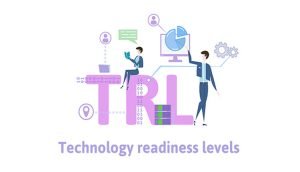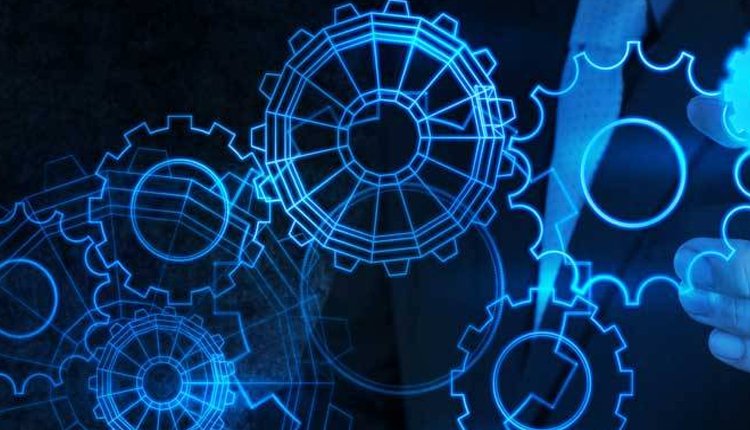9 Technology Readiness Levels with Examples
Techdigitalweb – Technology invention must be mature enough to be used widely. How can the maturity of an invention or technology be evaluated? The technology readiness level or TRL becomes the standard and shorthand based on the knowledge that can be used to evaluate the invention maturity. TRL one can be considered the lowest technology readiness level while nine is considered the highest. It is necessary to understand the stage or scale of TRL especially when trying to license the technology.
TRL 1: Basic Principles Observed

Of course, it will need supporting information that can be published research for identifying the principles of this technology. It must be able to answer the question about who, where, and when.
TRL 2: Technology Concept and Application Formulated
Now, it is time to start the invention. After a thorough observation of basic technical principles, you can go to the next level for inventing the practical application. However, this can be highly speculative. It is important to support the assumptions but sometimes there is no detailed analysis or proof for this purpose.
It might be more about analytic studies. The references including publications will be needed as supporting information of the analytic studies. It will be necessary to outline the application in consideration. They will also give an analysis for supporting the concept of technology.
TRL 3: Experimental Proof of Concept

TRL 3 means the initiation of active research and development of technology concepts. Besides analytical studies, this process will also include laboratory studies. Physical validation of the analytical prediction will also be included in the process. At this stage, the components of the technology concept are not representative or integrated yet. To support the concept, information such as laboratory test results is necessary to measure the interest and comparison parameter to the analytical prediction. This stage is needed to build a critical subsystem.
TRL 4: Technology Validated in Lab
During this stage, all of the basic technological components will be integrated. They will be established to work together. When it is compared to the eventual system, the process is considered low fidelity. For example, the process will include the ad hoc hardware in the lab. This stage needs supporting information such as the system concepts. However, the concepts must have been considered and become the results from the lab testing. The information must also include who did the work and also when. It is also necessary to make documentation during this technology readiness level for estimating the difference of the breadboard hardware and lab test result with the expected goals of the system.
TRL 5: Technology Validated in Relevant Environment
The fidelity of the system concept might be pretty low but it will be increased significantly during the TRL 5 stage. The integration of basic technological components must be done with realistic supporting elements. This way, the integrated components can be tested in the relevant environment. This process will include the components laboratory integration with high fidelity. To support this stage, the information needed will include the lab test of the system. It must be integrated with other elements as well in the relevant environment.
Some questions must be answered during this stage. It is important to know the difference between the relevant environment and the expected operational environment. This stage will also tell the test result compared with the expectations. There might be some problems encountered. It is also necessary to know whether the system is refined to closely match the expected goals.
TRL 6: Prototype Technology Demonstrated in Relevant Environment

The TRL 5 system will be brought further during TRL 6. There is a prototype system or representative model that will be tested in the relevant environment during this stage. This is a major step in the demonstrated readiness of technology, after all.
The prototype will be tested in a laboratory environment with high fidelity. It can also be done in a relevant environment. The prototype system result from the laboratory testing will be necessary information. However, the results must be close to the expected configuration in volume, weight, and performance.
It must also be explained the difference between the test environment and the operational environment. Other information includes the one who did the tests, comparison between test and expectation, encountered problems, and also the options available to resolve those problems before going to the next TRL.
TRL 7: System Model or Prototype Demonstration in Operational Environment
Now, the prototype system will be demonstrated in the operational environment. Information to support the process will include the prototype system test result in the operational environment. As usual, the one who did the tests must also be included along with the comparison with expectations, encountered problems, and the plans for resolving them.
TRL 8: System Complete and Qualified
At TRL 8 stage, it means that the technology system has been proven to work in the final form. Of course, it will also be in the expected conditions. In most cases, TRL means that the true system development has come to the end. System development tests and evaluation become an example of this stage. The developmental test and evaluation have to determine whether the system has met the expected goals
At this stage, information about the system testing result with the final configuration in an environmental condition with the expected range must be available. There will be an assessment necessary to make sure that the system will meet the operational requirements. If there are problems encountered, the plans to resolve the problems must be included as well.
TRL 9: Actual System Proven in Operational Environment
At this stage, the actual technology application must be in the final form and under a specific mission condition. This technology readiness level will include the operational test and evaluation to support the report’s information.

